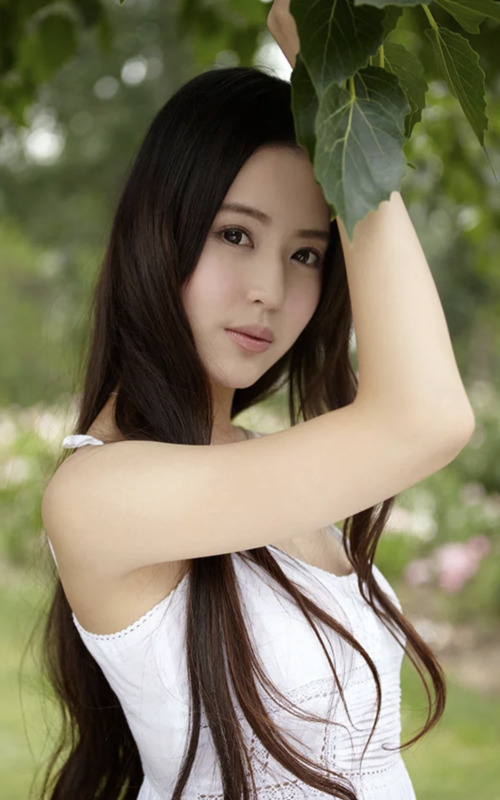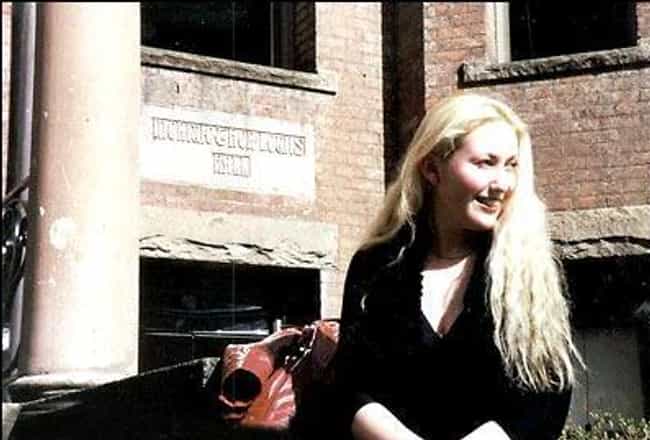Programming
Brand new vertical orientations of your habits for the selfie shot set was basically coded because of the six lookup assistants (around three males, about three females) blind towards hypotheses of your data. The rationale to possess evaluating selfies’ vertical orientation having fun with peoples rating as an alternative than an objective measurement are inspired by the several situations: (1) to learn just how somebody experience the portrait’s subject according to themselves, and you can (2) of the failure out of Face Detection Application to help you find the new amount of head-tilt because of obscure photographic arrangements, bad picture quality, otherwise occluded feedback of your own deal with (elizabeth.g., locks, sunglasses).
Excite say hence vertical place do you believe youre in accordance with the person in the photo-a lot more than all of them, less than all of them, or if he or she is on the same peak for your requirements
To help you ple lay, personnel vocally conveyed the cousin spatial judgment for each and every images if you find yourself an important researcher coded their possibilities into the yet another desktop. Presents based off significantly more than was indeed coded given that +step one, poses from below since the ?1, and a straight pose due to the fact 0 (i.age., no obvious direct-tilt; get a hold of Shape 1 having types of for each angle).
Figure 1. Types of vertical cam direction control. Away from leftover in order to right, new displayed photographs instruct selfies photographed out-of an over, front, and you can lower than direction.
The posing choices for all assistants were then compiled in a spreadsheet for further comparison. The directionality of portrait orientation for each selfie was determined to be from above, below, or equal if there was agreement among four of the six raters. Images with less than four agreements were discarded prior to analysis; this equated to 95 images (14%) and with a moderate inter-rater agreement (Altman, 1999) determined using Cohen’s Kappa, ? = 0.4, (95% CI, 0.0350.044), p
Efficiency
Frequencies of the spatial orientation from the selfie sample suggests that distinctly vertical compositions of the camera were commonly used by both men and women, as profile photos with an above or below orientation were presented in 55.1% and 42.1% of pictures, respectively (see Table 1 for all spatial frequencies). beautiful women in Paradise, CA in USA To determine if there was a difference between posing orientation depending on gender, a one-way ANOVA was conducted. However, the ANOVA’s homogeneity of variance assumption was violated as indicated by the Levene’s test, F(step one, 554) = , p (1, 398.4) = , p
Contour 2. Ratio out-of straight presents (SE) according to gender. The latest contour portrays the latest proportional difference in men and you can women’s interest regarding getting vertical selfies; which is, whenever leaving out neutral poses, guys displayed an opinion for portraits off selfies out of below, while feminine instead shown an above-bias.
To examine if the directionality of men’s and women’s poses were significantly different from zero (i.e., a straight pose), two one-sample t-tests were computed. The analyses corresponded with our predictions; men oriented the camera more often from below, t(206) = ?4.291, p (348) = 2.577, p = 0.01, Cohen’s d = 0.276. Taken together, the results illustrate the contrast between how men and women choose to spatially represent themselves in a mate-attraction context.
Talk

Selfies demonstrated in online dating profile photo was predicted to vary by straight digital camera direction with respect to the sex of the individual. All of our overall performance revealed that reputation photographs of people pages of cellular app, Tinder, showed contrary vertical biases; this new camera’s direction is actually displayed more frequently away from below for males, and you may a lot more than for females. This type of conclusions concurrently demonstrated a physical prejudice regarding selfies inside an effective lover appeal context, because profile photographs were not just chosen, and in addition taken of the Tinder member.

